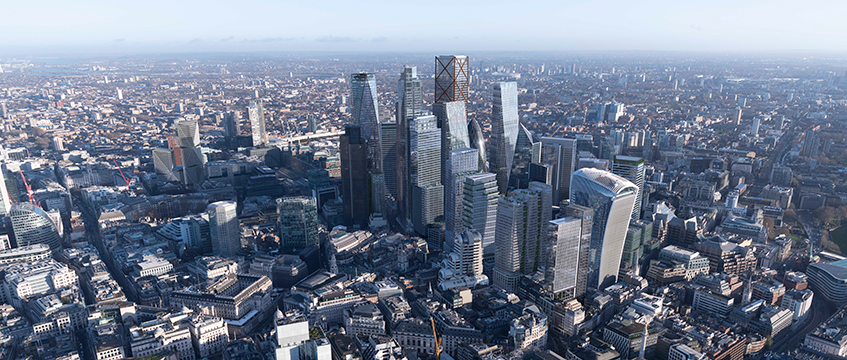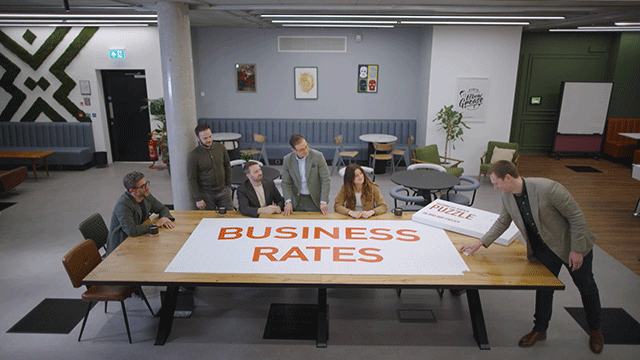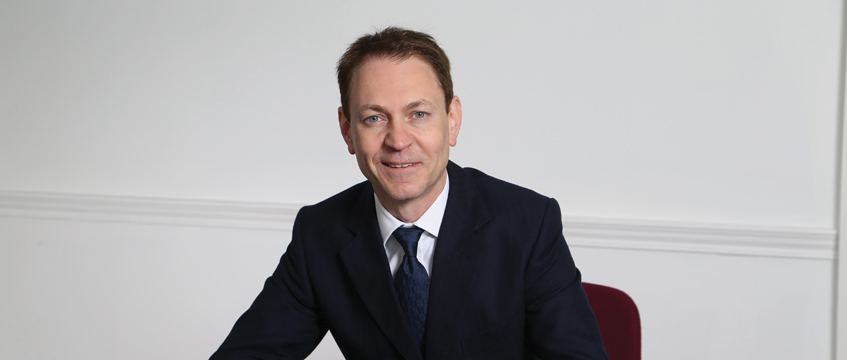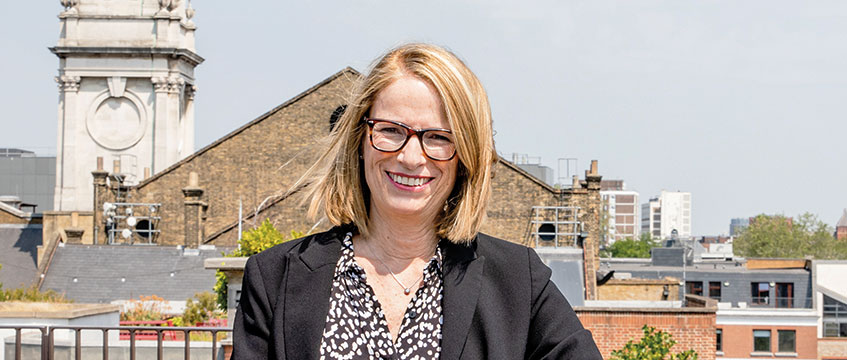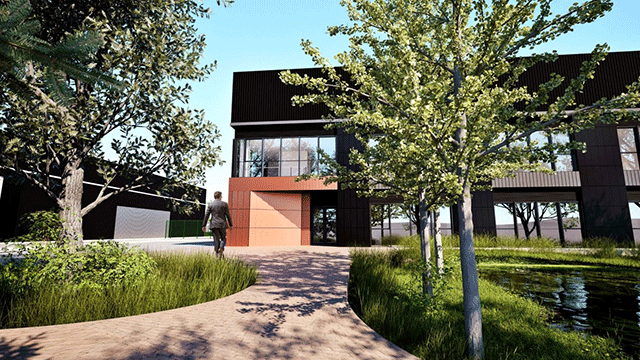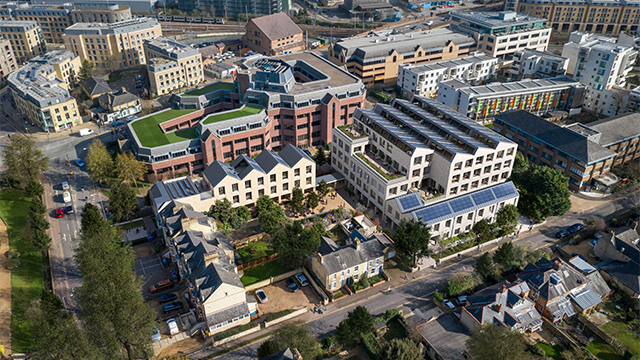There was a moment – a fleeting, blink-and-you-missed-it moment – in which law firm Forsters could have become a fully remote business. No offices. Zoom and Teams screens only.
Glenn Dunn, head of the corporate occupier group in Forsters’ real estate team, says he breathed “a huge sigh of relief” when partners showed “next to no support” for the idea – after all, it would have ended his own project to find the firm a new headquarters in no uncertain terms. But the fact that the option was discussed, even briefly, shows just how open corporate occupiers are becoming to change as they map out their post-pandemic real estate needs.
In June, Forsters confirmed a move to Lazari Investments’ 22 Baker Street, W1. It’s not as radical as going remote, but the relocation still has its surprises. It puts the 500-person firm in Marylebone, leaving its Mayfair home of more than two decades, and it was the only building from a lengthy list of viewings that was not a multi-let. For Dunn, the letting is the culmination of lessons learnt throughout the pandemic.
Early bird
Forsters moved to its current headquarters at 31 Hill Street, W1, in 2005. In the years since, a growing headcount has pushed the firm to take on other offices, at 22 Hill Street, Berkeley Square House and Canary Wharf’s South Quay Plaza. Those have more than doubled its space to 50,000 sq ft, from 23,000 sq ft.
Dunn started looking at options for a move back in 2019. “Every well-advised business will do a stay-versus-go analysis, look at its existing buildings and ask whether, with capital investment, staying put is the right thing – like Slaughter and May, for example,” Dunn says. “But we knew that these buildings were operationally becoming more of a challenge for us, and we were across four sites. We see ourselves as one family and we wanted to be back under one roof, as we were when we moved into this building.”
The lease break at 31 Hill Street wasn’t due until the first quarter of 2023, but Dunn knew that would come around sooner than he and colleagues thought. “The one thing that I learned from my years of acting for occupiers is that the early bird catches the worm,” he says. “You don’t want to leave your search too late because it closes down your options.”
No sooner had the board discussed potential locations and picked CBRE as its adviser, Covid-19 hit. The firm weighed a pause in the search, perhaps with a short-term lease renewal at Hill Street. But Dunn was adamant that the hunt should continue.
“It was clear when you looked at the development pipeline that grade-A stock was going to become a challenge,” he says. “The number of development starts during Covid really tailed off. Having appointed CBRE to advise us, their predictions – which turned out to be pretty accurate in terms of the huge uptake that was going to come in 2021 – were that there was not going to be the stock available to meet demand.”
Location was a big factor. Forsters’ description of itself on its website is a “Mayfair law firm”. But as the team started to view possible new homes, Dunn knew it had to be open to looking elsewhere and hunted from Paddington in the west to Farringdon in the east.
“We had been considering how much of the brand was tied to Mayfair and how much of it was tied to a differential of not being in the City,” he says. “The advice from CBRE was if you’re going to do an HQ relocation, you have to do a pan-London search because you might just see something that was off of your radar. Moves like Kingsley Napley going to Shoreditch are examples of people thinking outside the box and getting the right building in locations that are not necessarily known for law firms.”
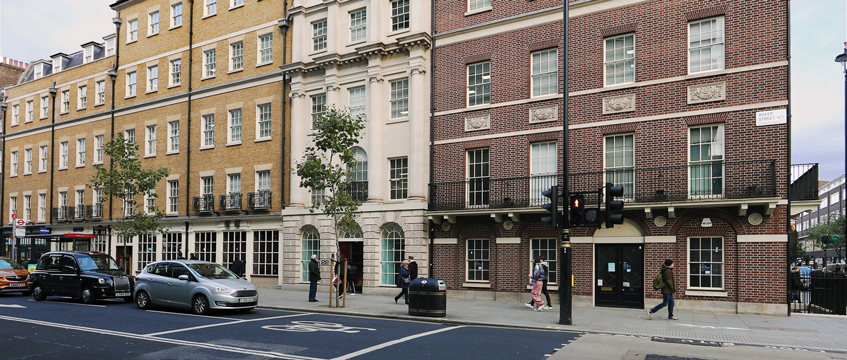
Ahead of the curve
The firm ended up looking at between 12 and 15 buildings, Dunn said – none of which were in Mayfair. All were multi-lets, until an off-market opportunity to take 22 Baker Street appeared. The chance for the firm to have its “own front door and control of reception” was immediately appealing, he adds, and an existing relationship with Lazari helped to swing the deal.
The deal isn’t a downsize – Forsters’ 15-year lease is for 50,000 sq ft, equalling its four existing offices. But that wasn’t always taken for granted – the pandemic shifted how Forsters viewed its requirements in two distinct ways, Dunn says.
“The first one was, how much space did we need?” he says. “That was a difficult question to answer. You’re looking into the crystal ball and you’re trying to work out what growth there might be. Every business has to go through that exercise. You don’t want to end up with extra space that you don’t need on day one.
“The other part of the equation has been the layout of the physical space. So whereas a lot of law firms still are cellular or hybrid, we largely went to open plan back in 2013. We were probably ahead of the curve there because we saw the benefits of people learning by hearing others around them and trying to break down that traditional, cellular, siloed environment. We’ve always been quite economic in terms of how we view space.”
22 Baker Street will undergo a refurbishment once Japanese technology group Fujitsu moves to Lazari’s upcoming Lantern scheme in Euston. Forsters will then move in late next year.
“What we really wanted was something that demonstrated the character of the firm,” Dunn says. “We didn’t want a glass box, something that was ultra-modern. We wanted something with a period feel. But at the same time, we wanted something that has more modern amenities. And that has been a big driver in terms of the accommodation that that we will get at 22 Baker Street.”
To send feedback, e-mail tim.burke@eg.co.uk or tweet @_tim_burke or @EGPropertyNews




